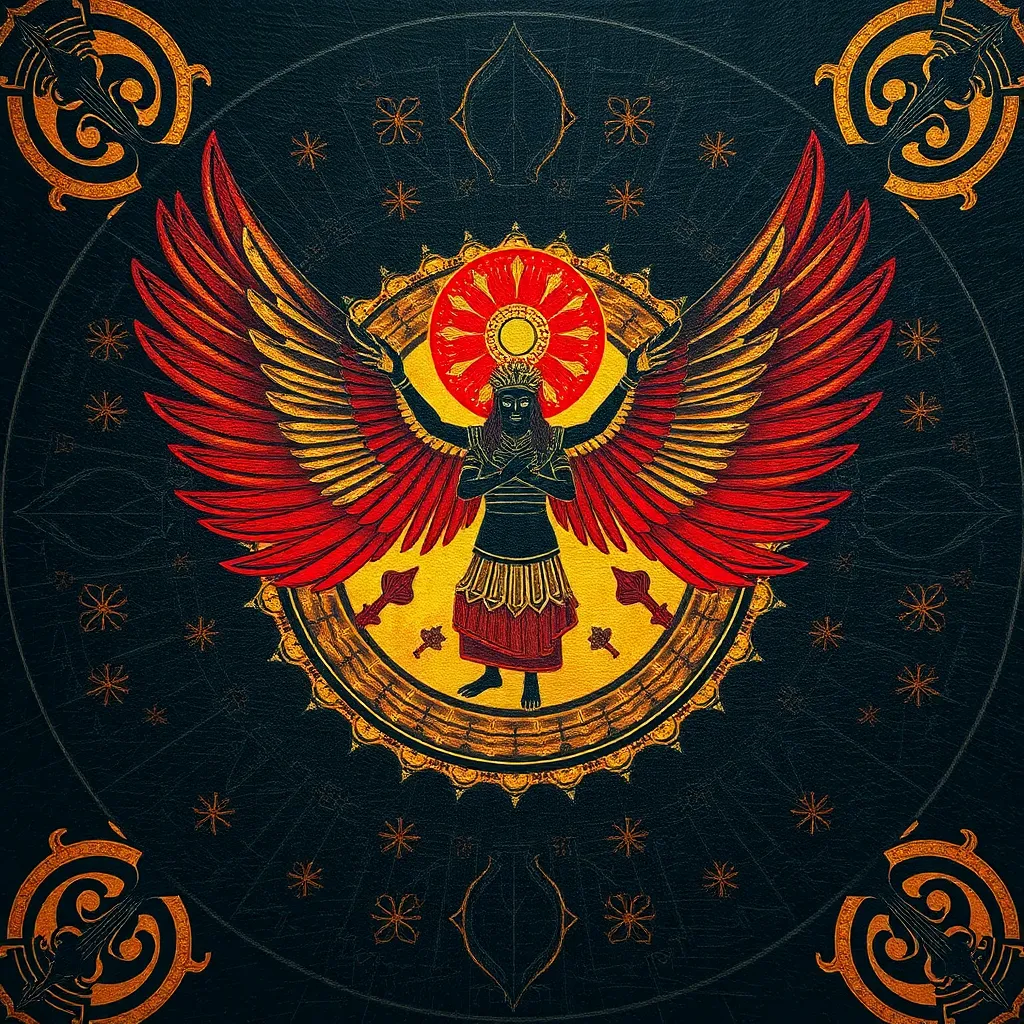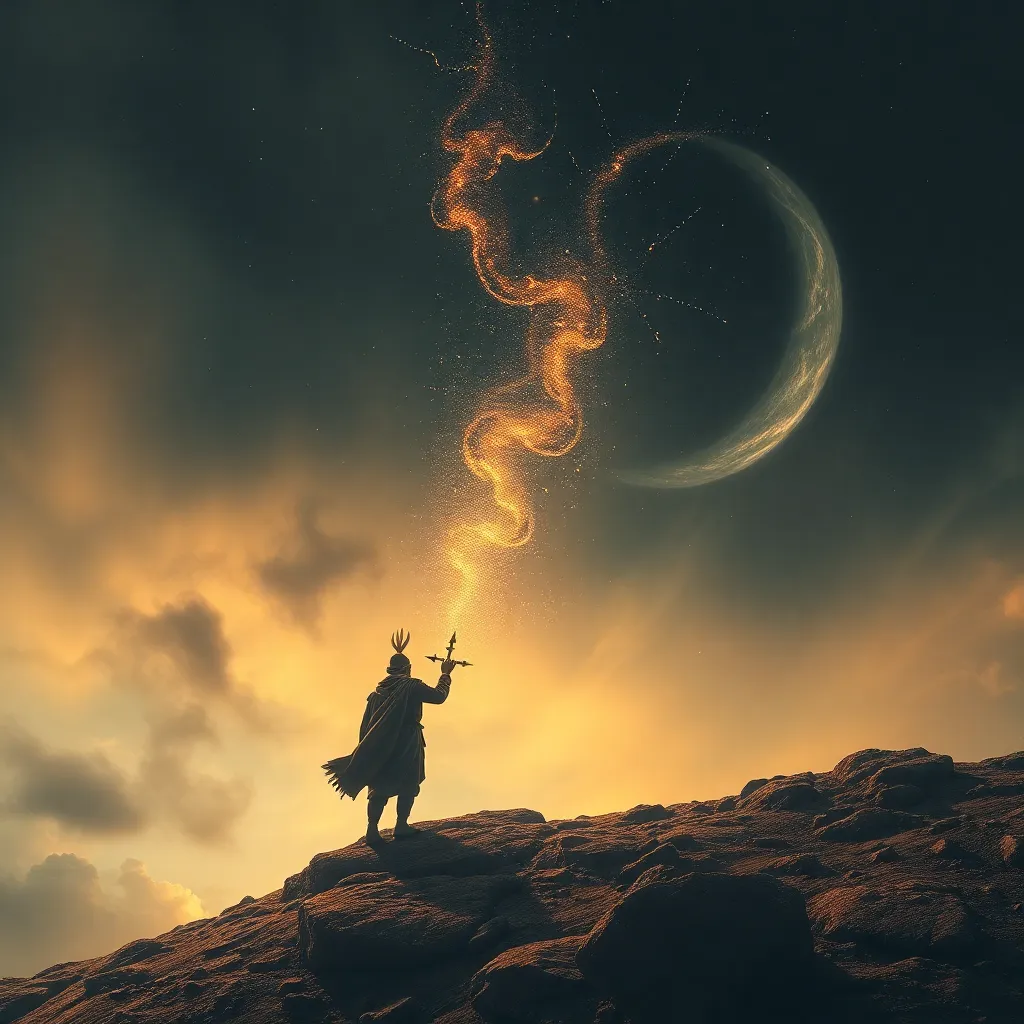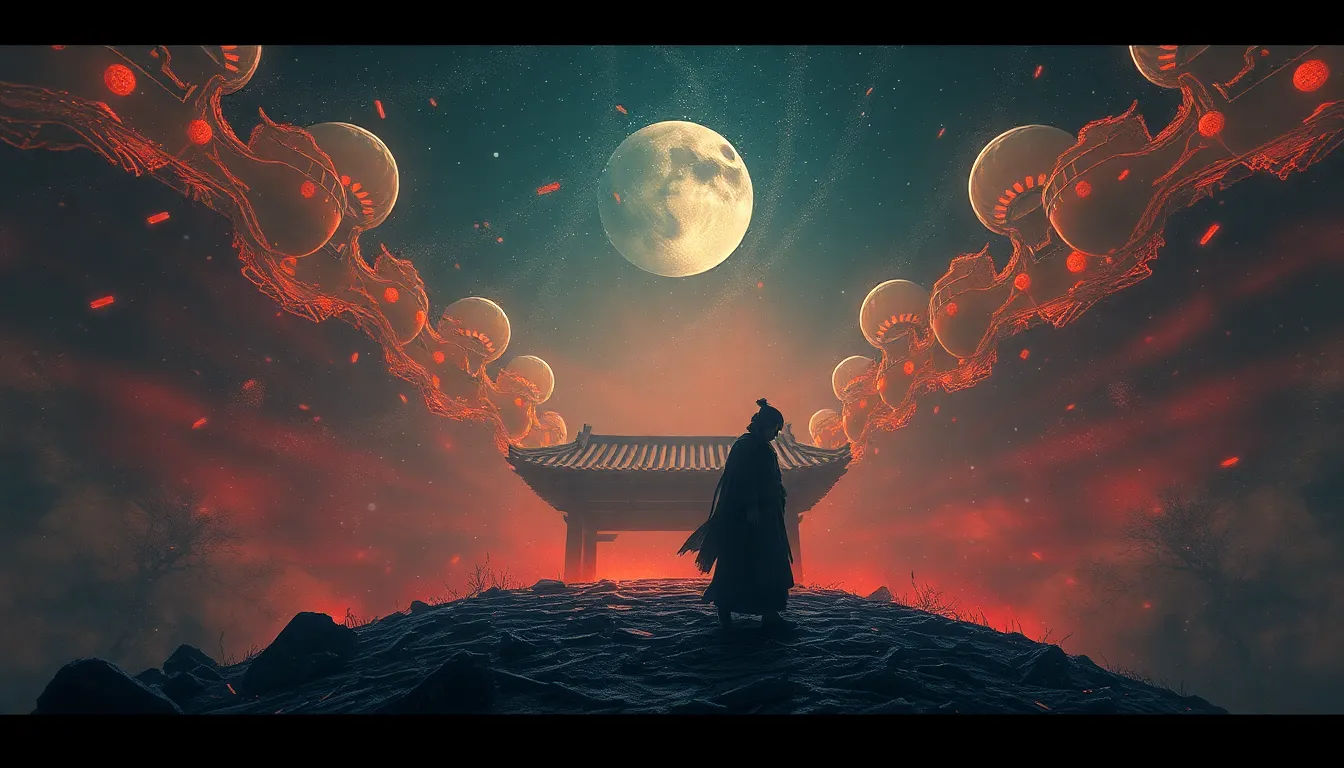The Ahuizotl in Art and Symbolism: A Visual Exploration
I. Introduction
The Ahuizotl is a fascinating mythical creature from Mesoamerican mythology, particularly associated with the Aztec civilization. It is often described as a dog-like animal with a hand at the end of its tail, known for its fierce nature and association with water bodies. This creature plays a significant role in the folklore of various indigenous cultures, embodying both danger and the mysterious aspects of aquatic environments.
This article aims to explore the representation of the Ahuizotl in art and symbolism. By examining its historical context, artistic depictions, and the meanings associated with this enigmatic creature, we can gain a deeper understanding of its significance in Mesoamerican culture.
II. Historical Context of the Ahuizotl
Mesoamerican cultures were rich in mythology, with a plethora of mythical creatures that held significant symbolism and meaning. The Ahuizotl is one such creature, believed to be a guardian of water and a harbinger of danger for those who venture too close to its domain.
In Aztec narratives, the Ahuizotl is often depicted as a creature that would drag unsuspecting individuals into the depths of lakes and rivers. This portrayal highlights the importance of respecting nature and the unknown forces that inhabit it. Over time, the image of the Ahuizotl has evolved, influenced by various cultural exchanges and artistic interpretations, yet its core symbolism as a water spirit remains intact.
III. Artistic Representations of the Ahuizotl
The Ahuizotl has been represented in various forms of art throughout Mesoamerican history. Traditional depictions can be found in ancient codices, murals, and sculptures.
- Traditional depictions in codices and murals: Ancient codices often illustrated the Ahuizotl alongside other mythical beings, emphasizing its aquatic nature and danger.
- Sculpture and carvings featuring the Ahuizotl: Stone carvings and sculptures showcase the Ahuizotl’s unique features, such as its dog-like face and the distinctive hand at the end of its tail, emphasizing its role as a guardian of water.
- Contemporary interpretations in modern art: Today, artists continue to explore the Ahuizotl’s legacy, reinterpreting its image in various mediums, from painting to digital art, and often infusing modern themes of environmentalism and cultural heritage.
IV. Symbolism Associated with the Ahuizotl
The Ahuizotl is laden with symbolism that speaks to both danger and the mystery of the unknown.
- The Ahuizotl as a symbol of danger and the unknown: As a creature that preys on those who approach water carelessly, it serves as a reminder of the potential perils in nature.
- Interpretations of its physical attributes: Its dog-like features suggest loyalty but also ferocity, while the hand at the end of its tail signifies its ability to drag victims into the depths.
- Connections to water and aquatic environments in symbolism: Water is often seen as a powerful and unpredictable element, and the Ahuizotl embodies both its nurturing and destructive aspects.
V. Comparative Analysis with Other Mythical Creatures
When comparing the Ahuizotl to other mythical beings, we find several intriguing similarities and shared themes.
- Similarities between the Ahuizotl and other Mesoamerican beings: Creatures like the Nahual and the Cipactli also inhabit the mythological landscape of Mesoamerica, often representing transformation and the duality of nature.
- Comparative symbolism in global mythology: The Ahuizotl shares characteristics with water spirits in various cultures, such as mermaids and naiads, which often embody both allure and danger.
- Impact of cultural exchange on the representation of mythical creatures: The Ahuizotl’s image has been influenced by interactions with European and other indigenous mythologies, illustrating the fluid nature of cultural storytelling.
VI. The Ahuizotl in Popular Culture
The Ahuizotl continues to capture the imagination of contemporary creators and audiences alike.
- Representation in literature and folklore: The Ahuizotl has been featured in various literary works that explore themes of mythology and environmental caution.
- Appearances in modern media: Films, video games, and television shows have incorporated the Ahuizotl, often portraying it as a fearsome creature, which sparks interest in Mesoamerican mythology.
- Influence on contemporary artistic expressions: Artists today draw inspiration from the Ahuizotl to comment on social issues, including environmentalism and cultural identity, keeping the legend alive through modern narratives.
VII. The Ahuizotl’s Legacy and Relevance Today
The legacy of the Ahuizotl extends beyond mythology, playing a vital role in cultural identity and heritage.
- The Ahuizotl in cultural identity and pride: For many indigenous communities, the Ahuizotl symbolizes a connection to ancestral stories and the importance of preserving these narratives.
- Preservation of myths and their relevance in modern society: Myths like that of the Ahuizotl serve as cautionary tales that remind us of our relationship with nature and the consequences of neglecting it.
- The role of art in keeping the Ahuizotl legend alive: Through various artistic forms, the Ahuizotl’s story continues to be told, fostering appreciation and understanding of Mesoamerican culture.
VIII. Conclusion
In exploring the Ahuizotl, we uncover a rich tapestry of history, art, and symbolism that speaks to the human experience’s complexity. This mythical creature serves as a reminder of the dangers of nature and the importance of respecting our environment.
Recognizing and exploring mythical creatures like the Ahuizotl in art allows us to appreciate the cultural narratives that shape our world. As we continue to engage with these stories, the fascination with the Ahuizotl endures, reflecting our collective curiosity about the mysteries of life and nature.



